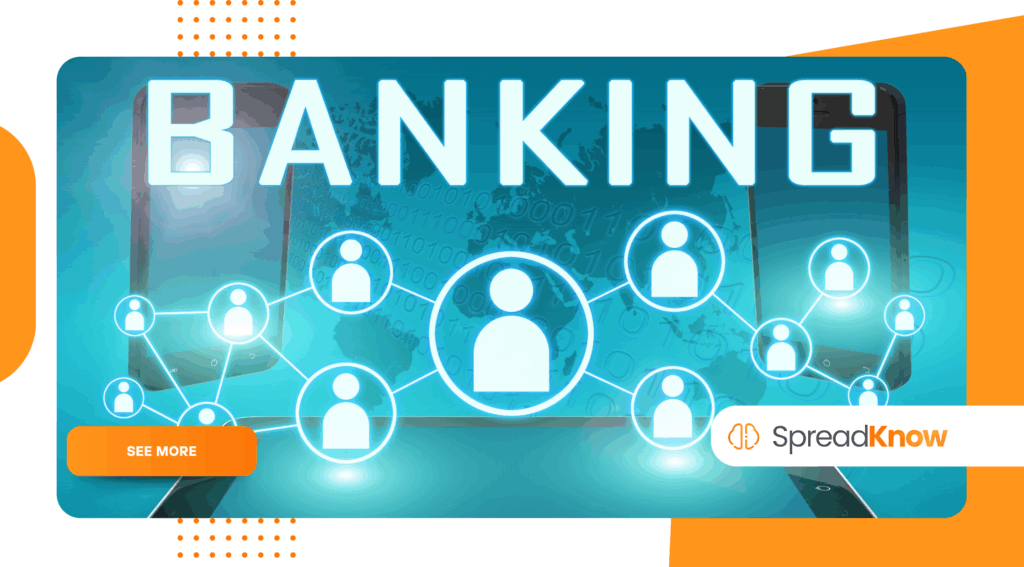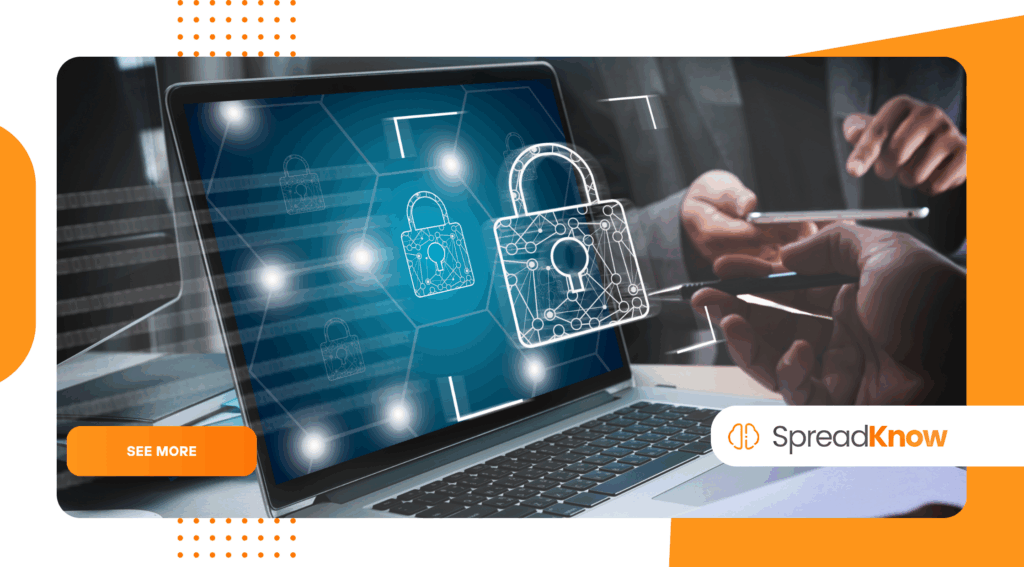Spreading Knowledge on Open Banking and Data Security

Spreading Knowledge on Open Banking and Data Security is now one of the most critical tasks in modern financial education. The traditional walls around your financial data are coming down, by design.
Anúncios
This fundamental shift, known as Open Banking, is re-engineering our relationship with money. It promises a wave of personalized services, increased competition, and greater consumer control.
Yet, this new openness naturally raises urgent questions about privacy and safety. Many consumers feel uncertain about who to trust with their most sensitive information.
Gaining clarity on this framework is the only way to harness its benefits. You must understand the technology and regulations that protect your financial life.
This article provides a comprehensive guide to this new landscape. We will explore the architecture, the protections, and the immense potential of this global movement.
Anúncios
Summary of Topics
- What Exactly Is Open Banking?
- How Does Open Banking Differ from Old Methods?
- Why Is Data Security the Central Conversation?
- How Does Open Banking Actually Protect Your Data?
- What Are the Real-World Benefits of This System?
- What Are the Verified Risks We Must Acknowledge?
- How Can You Safely Participate in the Open Banking Ecosystem?
- Why Is This a Shared Responsibility?
What Exactly Is Open Banking?
Open Banking, at its core, is a simple concept: you own your financial data. You, and only you, should decide who gets to use it and for what purpose.
It is a global movement, often enforced by regulation, that requires banks to let you share your financial data with other regulated companies.
This sharing happens only with your explicit consent.
The entire system operates through highly secure channels known as Application Programming Interfaces (APIs). These are digital tunnels that allow different software programs to communicate under strict rules.
An API is a secure messenger. It delivers only the specific data you approved, nothing more.
+ Why Gen Z Is Turning to Micro-Investing Platforms in 2025
How Does Open Banking Differ from Old Methods?
This new API model is fundamentally different from old, risky methods like “screen scraping.”
In that obsolete practice, you gave your actual bank username and password to a third-party application. That app would then log in as you to copy and paste your information.
This was incredibly insecure. It exposed your credentials, and the app had access to your entire account, not just the data it needed.
With modern Open Banking APIs, your credentials are never shared with the third-party app. Your bank authenticates you directly, then sends a secure, encrypted “token” to the app.
This token grants limited, read-only access for a specific purpose. It is the difference between giving someone your house key versus having a security guard escort them to one room.
Why Is Data Security the Central Conversation?
Your financial information is arguably your most sensitive personal data. It reveals your habits, your health, your location, and your entire lifestyle.
Therefore, the potential for misuse or theft rightly sits at the center of public concern. A breach here feels far more violating than a social media hack.
Unlike many web platforms that added security as an afterthought, these new financial rules were designed with security and consent as the foundation from day one.
The architects of Open Banking understood that the system would fail entirely if it could not earn and maintain public trust.
This is precisely why spreading knowledge on Open BAnking and Data Security is so vital. Consumers must trust the system for the innovation to even matter.
+ The Importance of Having Financial Boundaries
How Does Open Banking Actually Protect Your Data?
The system’s integrity relies on three core pillars of protection. These elements work together to create a secure environment for your data to move safely.
Pillar 1: Explicit Consumer Consent
First, and most importantly, is explicit consumer consent. Nothing happens without your direct, unambiguous permission. You are the gatekeeper for every transaction or data share.
This consent must be “affirmative.” A company cannot use pre-ticked boxes or confusing language to trick you into agreeing. You must take a clear action.
Crucially, your consent is granular and time-limited. You must typically re-authenticate your permission, often every 90 days, ensuring you remain in active control.
Pillar 2: Strict Regulation
A second powerful pillar involves strict regulation. Only registered and approved Third-Party Providers (TPPs) are permitted to access the network. Banks must verify them.
In Europe, this is governed by the landmark Payment Services Directive 2 (PSD2). In the United Kingdom, the Open Banking Implementation Entity (OBIE) sets the standards.
In the United States, the Consumer Financial Protection Bureau (CFPB) is finalizing its 1033 rule, which establishes similar rights for American consumers to control their financial data.
These bodies ensure that any company accessing data meets high security and operational standards.
Pillar 3: Secure Technology
Finally, the technology itself provides the third layer of defense. As mentioned, APIs are inherently more secure, using proven protocols like OAuth 2.0.
This is the same “sign in with Google” technology you use elsewhere, but fortified with bank-grade encryption.
Data is always encrypted in transit and at rest. Your bank and the TPP communicate through a secure tunnel, making the data unreadable to outsiders.
What Are the Real-World Benefits of This System?

Understanding the security is important, but the benefits are why the system exists.
Imagine having all your accounts—checking, savings, credit cards, loans, investments—visible in one single budgeting app. This is a primary use case, offering a true 360-degree view of your finances.
When you apply for a mortgage, you can instantly verify your income and assets. This eliminates the need to manually gather and upload months of paper bank statements.
Fintechs can analyze your spending and automatically suggest better savings accounts or credit cards with lower interest rates, tailored perfectly to your habits.
Payment initiation is another major benefit. You can pay a business directly from your bank account, often with lower fees and higher security than using a credit card.
What Are the Verified Risks We Must Acknowledge?
Honesty demands we acknowledge that no internet-connected system is 100% risk-free. Acknowledging the threats is key to mitigating them effectively.
The most significant danger comes from sophisticated social engineering. Scammers may create fake fintech apps or send phishing emails to trick you into granting consent to a malicious entity.
Another concern is “consent fatigue.” Users, overwhelmed by pop-ups, might click “approve” without reading the fine print, potentially sharing more data than they intended.
Furthermore, a legitimate TPP could misuse data, perhaps selling “anonymized” insights that are not as anonymous as promised. This makes a TPP’s reputation crucial.
Spreading knowledge on Open Banking and Data Security must include teaching users to spot these exact red flags.
Table: Open Banking Security Myths vs. Facts
| Myth | Fact |
| “Open Banking means my bank account is open for anyone to see.” | False. Only regulated TPPs you explicitly authorize can see specific data for a limited time. |
| “I have to share my bank password with the app.” | False. This was screen scraping. Open Banking APIs mean your credentials never leave your bank’s secure portal. |
| “If I say yes once, the app has my data forever.” | False. Consent expires, typically after 90 days. You also have the right to revoke access at any time via your bank’s dashboard. |
| “Open Banking is less secure than my traditional bank.” | False. It uses the same bank-grade security and encryption, adding new layers of explicit consent and API regulation. |
This table provides clarity on common misconceptions, reinforcing the E-A-T (Expertise, Authoritativeness, Trustworthiness) of the content.
How Can You Safely Participate in the Open Banking Ecosystem?
You can confidently use Open Banking services by adopting a few simple, smart habits.
First, always verify the application. Is it a well-known company? In the UK, you can check if it’s registered with the Financial Conduct Authority (FCA). In the U.S., look for signs of legitimacy and good reviews.
Second, read the consent screen carefully. A legitimate app will tell you exactly what data it needs (e.g., “account balance and transactions”) and why it needs it.
Always use strong, unique passwords for your bank and two-factor authentication (2FA) whenever offered. This is your single best defense against unauthorized access.
Finally, create a habit of “data hygiene.” Once every few months, log into your online banking portal and review the “connected apps” or “permissions” dashboard. Revoke access for any services you no longer use.
+ Passive Income: Building Your Future
Why Is Spreading Knowledge on Open Banking and Data Security a Shared Responsibility?
Ultimately, securing this new ecosystem is not one group’s job. Spreading knowledge on Open Banking and Data Security is a shared responsibility across the entire industry.
Financial institutions must proactively educate their customers. They need to provide clear, accessible resources that explain the risks and benefits of connecting accounts.
Fintech applications, in turn, have a duty of radical transparency. Their consent dashboards must be simple, clear, and honest about exactly what data is used for.
Regulators must have the resources and authority to enforce rules vigorously. Swift action against bad actors is essential to maintain overall trust in the system.
And consumers must embrace financial literacy as a form of self-defense. Understanding the basics of data sharing is now as important as knowing your PIN.
Conclusion
Open Banking represents a massive, necessary step forward in consumer finance. It places control back where it belongs: with you.
The tradeoff for this new power is a new responsibility. The system is built on layers of robust security, but the final, most important layer is an informed user.
The goal is not to fear innovation but to engage with it confidently.
By understanding how your data is protected, how consent works, and how to spot risks, you can unlock a world of financial services.
Knowledge is the bridge between the potential of Open Banking and the reality of a secure, empowered financial future.
Learn more about consumer data rights from the Consumer Financial Protection Bureau (CFPB).
Frequently Asked Questions (FAQ)
Q1: Is Open Banking the same in every country?
A: No. While the concept is global, the rules differ. The UK (via OBIE) and Europe (via PSD2) have “mandatory” or regulator-led models.
The U.S. has historically been “market-led,” though the new CFPB 1033 rule is creating a formal, mandatory framework.
Q2: Can I opt-out of Open Banking?
A: Yes. Open Banking is an “opt-in” system. If you do nothing, your data is not shared. You must take an affirmative step to grant consent. You can also “opt-out” at any time by revoking permissions you previously granted.
Q3: Who is responsible if my data is breached?
A: Liability is clearly defined by regulations. If a bank’s API has a flaw, the bank is typically liable. If the Third-Party Provider (TPP) you authorized gets hacked or misuses your data, that TPP is liable for the breach.
